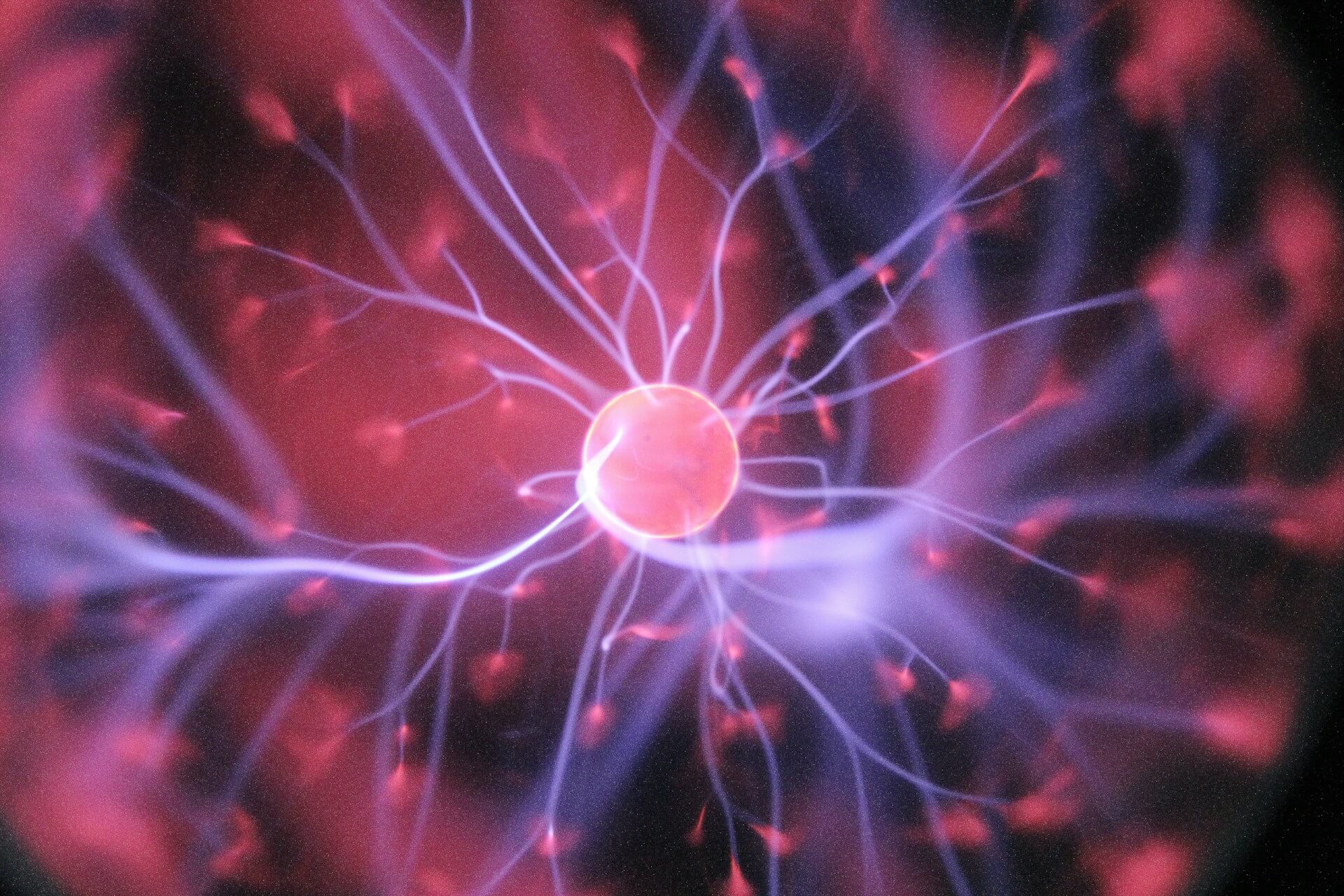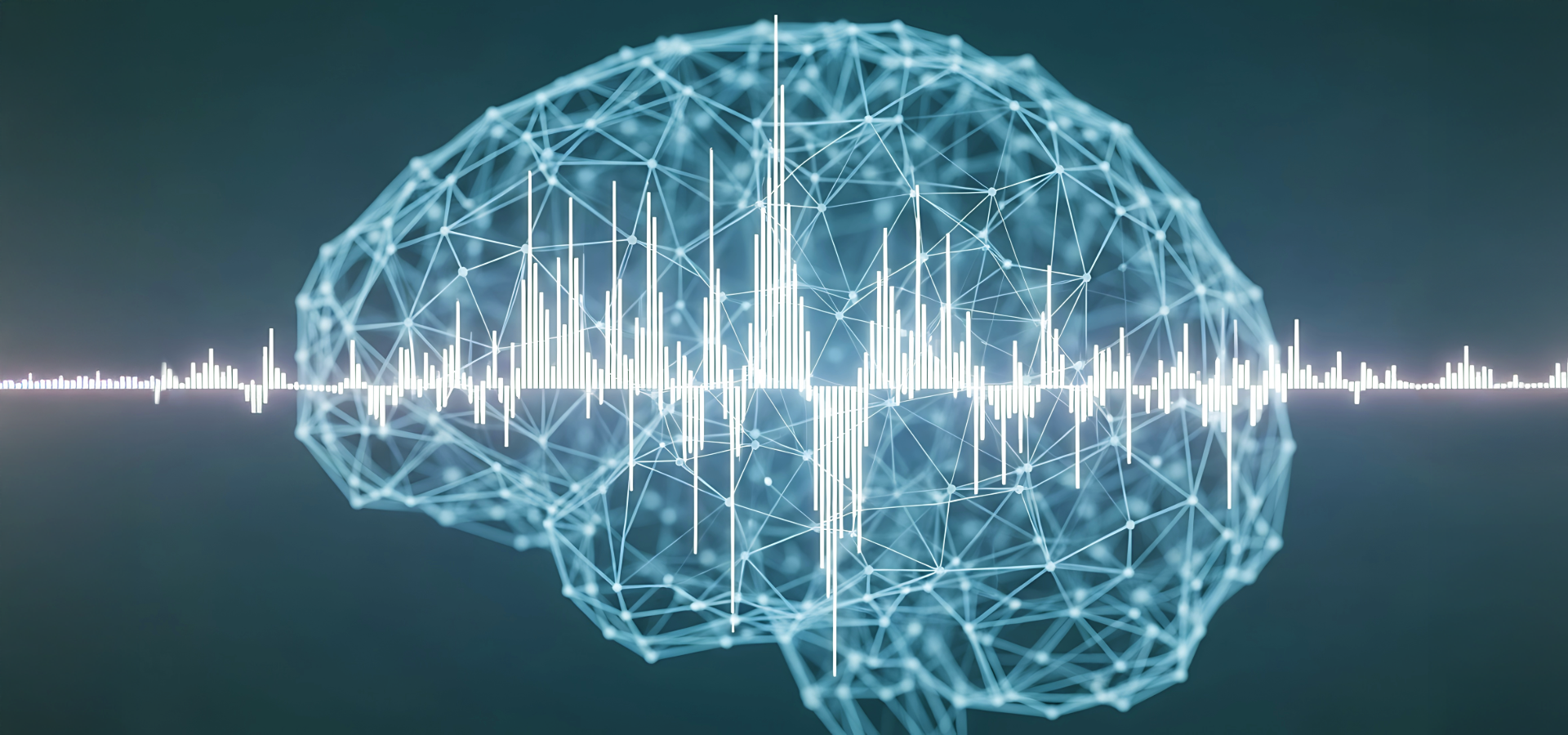And why your nervous system deserves better than one-size-fits-all.
Vagus nerve stimulation has been around for decades. Clinically, it’s used to treat epilepsy, depression, and migraines. More recently, non-invasive versions have entered the wellness space, promising better sleep, sharper focus and calmer minds.
And to be fair, the science supports it.
Stimulating the vagus nerve can shift your nervous system out of fight-or-flight and into rest-and-digest. It increases parasympathetic activity, helps regulate inflammation, and supports recovery after stress. It also opens a window for something even more powerful: neuroplasticity. That’s the brain’s ability to rewire and adapt, and without it, there’s no lasting change.
So yes, VNS can be powerful. But here’s where things get interesting.
Most devices still deliver the same stimulation to everyone. Same waveform, same settings, same signal, whether you're wired, flat, anxious, exhausted or just mildly existential.
Your nervous system, however, is anything but average.
Your nervous system is in constant conversation with your world
It’s adapting to your breath, your emotions, your environment, how you slept, what you're thinking and what your body needs next. It’s dynamic, responsive and entirely personal.
So why are we stimulating it like it's one-size-fits-all?
Delivering the same signal no matter what your body is doing makes about as much sense as handing out one pair of glasses and hoping they improve everyone’s vision. You might get lucky. But it’s far more likely to miss the mark.
What personalisation really means
At SONA, we took a different approach.
We built a system that listens to your body before it responds.
Using real-time biomarker data, including heart rate variability, breath patterns and other physiological cues, SONA adapts stimulation to your current state. Not what worked yesterday, not what works for most people. What works for you, right now.
This isn’t about pushing harder. It’s about guiding gently. Helping your nervous system return to balance, rebuild its flexibility, and respond with more ease and clarity.
That’s when real change starts.
The science is moving in the same direction
Personalised and state-aware stimulation is getting serious attention.
Studies show that timing VNS with specific phases of the breath or cardiac cycle improves memory, focus and mood more effectively than static stimulation. Closed-loop VNS already used in epilepsy has better long-term outcomes than always-on protocols. Researchers are exploring its potential in everything from chronic pain to PTSD.
We also know that vagus nerve stimulation supports neuroplasticity, especially when timed to internal states. It’s like opening a window in the brain that says, “I’m ready to learn, change, recover.” If you miss that window, you miss the opportunity.
So what does SONA actually do?
SONA’s real-time sensing allows it to do two things that really matter.
First, it increases parasympathetic activity. That helps calm the nervous system, reduce reactivity and support faster recovery from stress. It’s the difference between feeling overwhelmed and feeling capable.
Second, it supports neuroplasticity. When stimulation is delivered in sync with your body’s readiness, it creates a state where your brain can change. Whether that’s shifting entrenched stress responses or building greater focus and resilience, this is where it starts.
SONA doesn’t override your nervous system. It works with it. And it does so in a way that’s responsive, intelligent and biologically relevant.
Why it matters
This isn’t just about calming down in the moment, although that’s a good start. It’s about giving your nervous system the chance to become more resilient, more adaptive and more capable of handling life as it comes.
With personalised VNS, you’re not just managing symptoms. You’re creating the conditions for your body and brain to heal, learn and thrive.
That’s why we built SONA the way we did. Because when it comes to your nervous system, one-size-fits-all was never going to be enough.
References
Collins, L. N., et al. (2021). Closed-loop neuromodulation for anxiety: The state of the science. Frontiers in Neuroscience
García, R. G., et al. (2017). Timing matters: Phase-specific taVNS improves working memory performance. Brain Stimulation
Heck, C. N., et al. (2014). Two-year seizure reduction in responsive neurostimulation for epilepsy. Epilepsia
Lemke, H., et al. (2022). Cardiac–vagal synchrony and the timing of vagus nerve stimulation. Journal of Affective Disorders
McKinley, R. A., et al. (2019). Transcutaneous vagal nerve stimulation paired with training enhances cognitive performance under pressure. DARPA TNT Program.








Share:
Breathe Like You Mean It: The Secret Rhythm Behind HRV